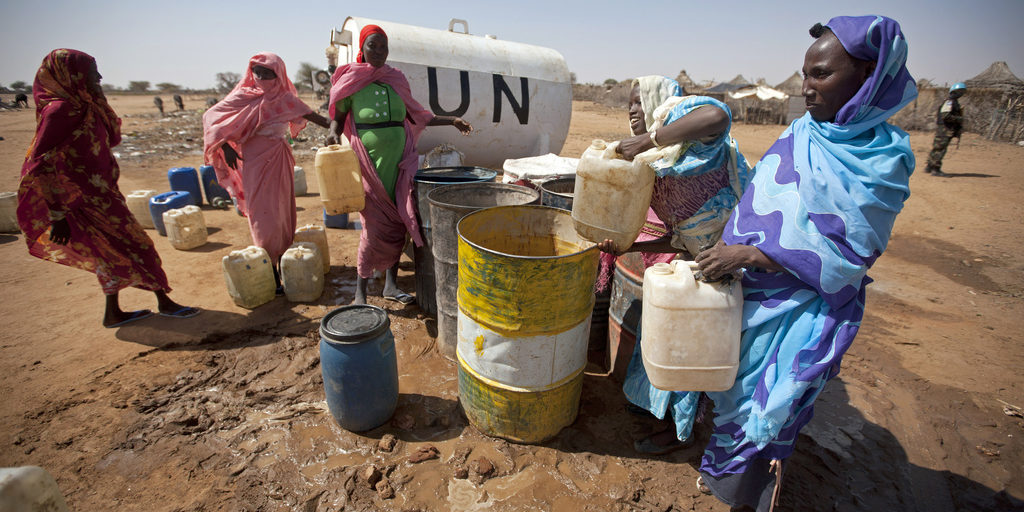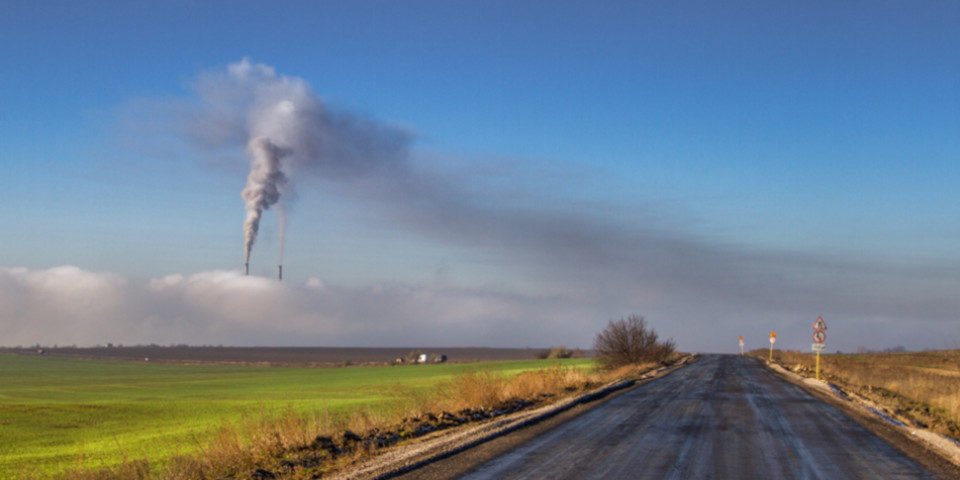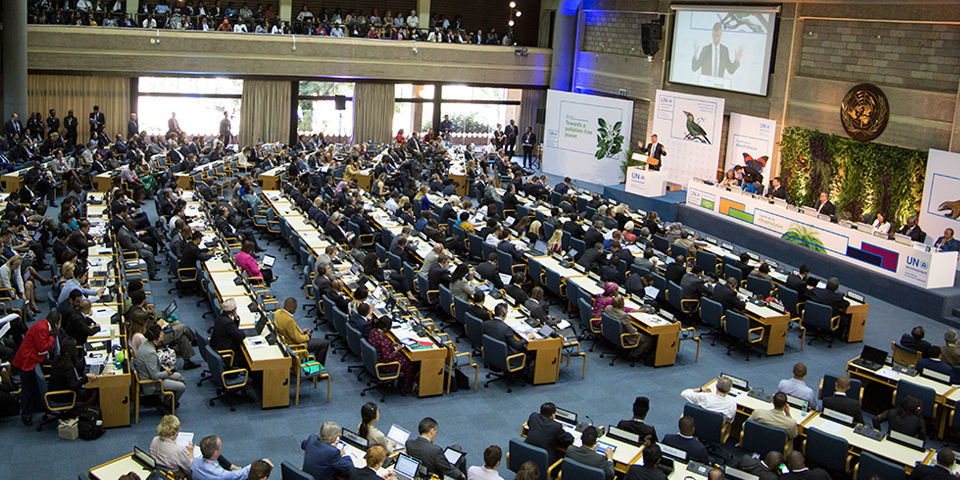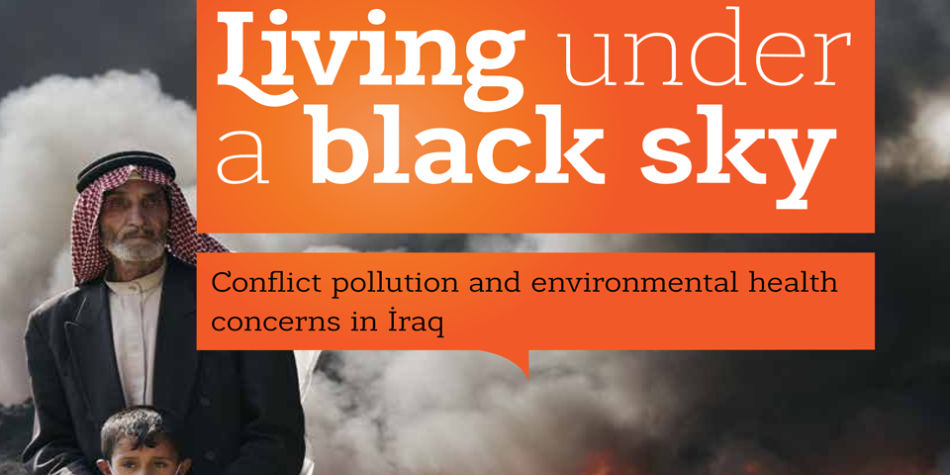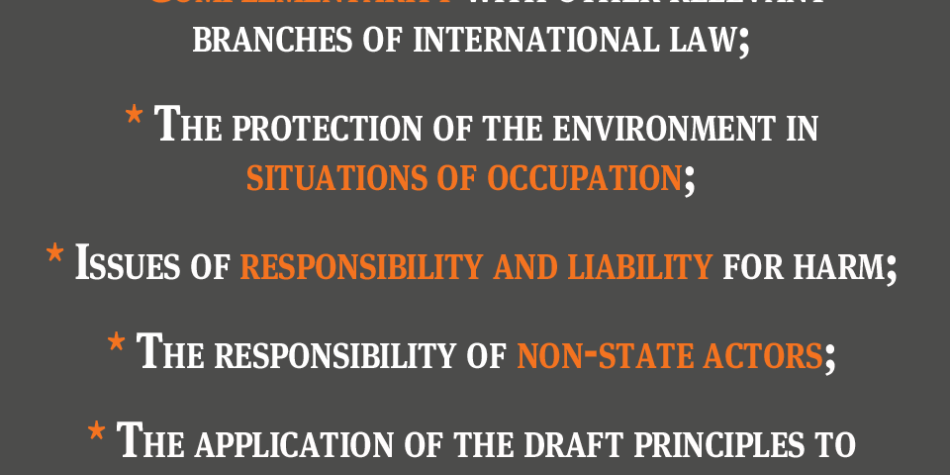The (other) war against whales
There is a war being waged against whales, and it is being fought with noise, and it has left scientists and conservationists concerned about the potential impact of military noise on the wider marine ecosystem as a whole. Are naval activities bound by environmental norms, or will the damage continue in the name of national security?


